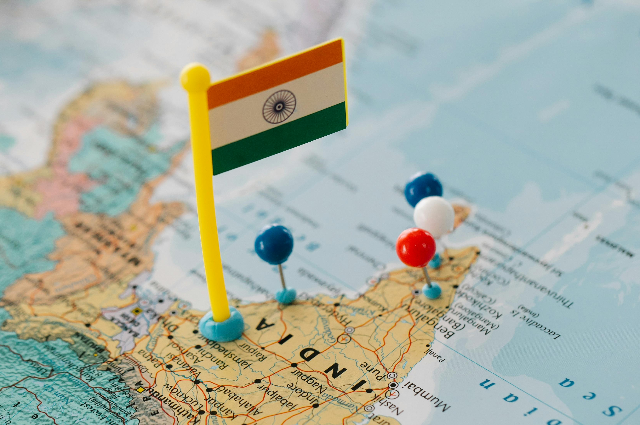
Introduction
India, a country rich in history and culture, has embarked on a remarkable journey of development since gaining independence in 1947. From a nascent nation grappling with poverty and colonial legacies to an emerging global powerhouse, India’s development story is a testament to its resilience, diversity, and innovation. This essay delves into the multifaceted aspects of India’s development, highlighting key sectors such as the economy, technology, education, healthcare, and social progress.
Economic Development
India’s economic landscape has undergone a significant transformation over the past seven decades. Post-independence, India adopted a mixed economy with a focus on self-reliance. The 1991 economic liberalization marked a watershed moment, introducing market reforms that spurred rapid economic growth. The liberalization policies dismantled the License Raj, opened up the economy to foreign investments, and fostered a competitive market environment. Today, India is one of the world’s fastest-growing major economies, boasting a diverse industrial base ranging from traditional agriculture to cutting-edge technology.
Technological Advancement
India’s technological evolution has been pivotal in its development narrative. The establishment of the Indian Space Research Organisation (ISRO) in 1969 marked the beginning of India’s foray into space technology. ISRO’s achievements, such as the Mars Orbiter Mission and the Chandrayaan missions, have positioned India as a key player in space exploration. Additionally, the IT and software services sector, spearheaded by companies like Tata Consultancy Services (TCS) and Infosys, has turned India into a global technology hub. The advent of digital initiatives like Digital India has further accelerated technological penetration, fostering innovation and entrepreneurship.
Educational Reforms
Education has been a cornerstone of India’s developmental agenda. The implementation of policies like the Right to Education Act (2009) underscores the government’s commitment to universal education. India has witnessed a significant increase in literacy rates, with more children accessing primary and secondary education. Higher education institutions, including the Indian Institutes of Technology (IITs) and Indian Institutes of Management (IIMs), have gained international recognition, producing a skilled workforce that contributes to both national and global economies. However, challenges such as quality of education and access in rural areas remain pressing issues that require continued attention.
Healthcare Improvements
India’s healthcare sector has made notable strides, albeit with challenges. The eradication of diseases like polio and smallpox reflects successful public health campaigns. The launch of Ayushman Bharat, the world’s largest government-funded healthcare program, aims to provide affordable healthcare to millions of Indians. Despite these advancements, the healthcare system grapples with issues like inadequate infrastructure, uneven access, and a high burden of diseases. The COVID-19 pandemic further highlighted these challenges but also showcased India’s capabilities in vaccine production and distribution, with the country emerging as a major supplier of vaccines globally.
Social Progress and Inclusivity
Social development in India is marked by efforts to promote inclusivity and address disparities. Policies aimed at social justice, such as reservations for Scheduled Castes, Scheduled Tribes, and Other Backward Classes, strive to rectify historical injustices and promote equality. Gender equality initiatives have also gained momentum, with increasing female participation in education and the workforce. Movements advocating for LGBTQ+ rights and the decriminalization of homosexuality in 2018 reflect a society gradually embracing diversity and inclusion. Nonetheless, issues like caste discrimination, gender violence, and income inequality persist, necessitating sustained efforts towards a more equitable society.
Environmental Sustainability
In recent years, India’s development agenda has increasingly recognized the importance of environmental sustainability. The country is a signatory to the Paris Agreement and has committed to reducing its carbon footprint. Initiatives like the National Solar Mission aim to harness renewable energy, with India emerging as one of the largest producers of solar energy. However, balancing rapid industrialization with environmental conservation remains a significant challenge, exemplified by issues like air pollution and deforestation.
Conclusion
The development of India is a complex and dynamic process shaped by historical legacies, socio-economic policies, and global influences. While remarkable progress has been made in various sectors, the journey is far from complete. Continued efforts to address socio-economic disparities, enhance infrastructure, and foster sustainable growth are imperative for India to realize its full potential. The resilience and innovation of its people, coupled with strategic policy interventions, will undoubtedly continue to propel India forward on its path to becoming a global leader.
